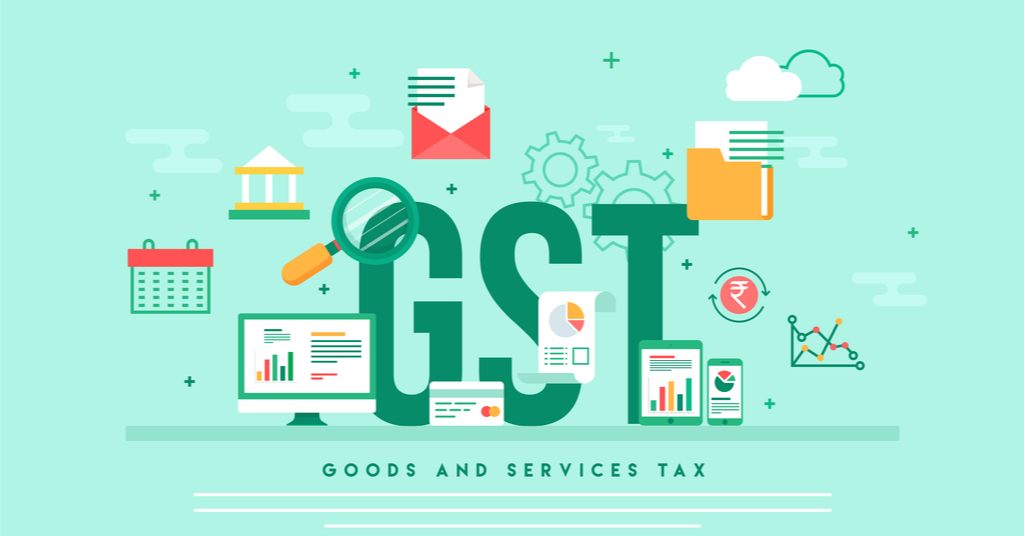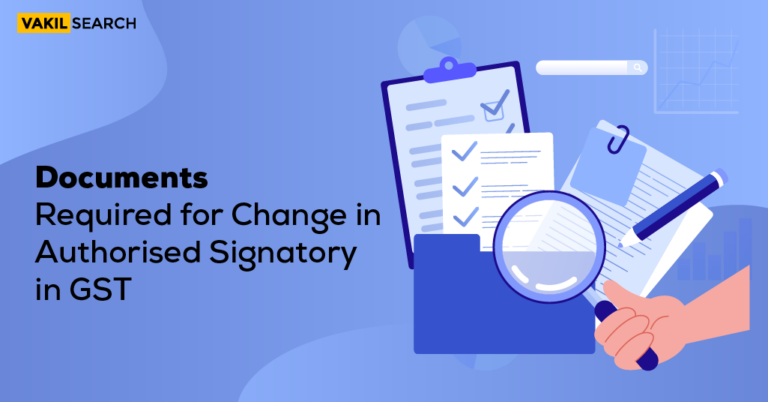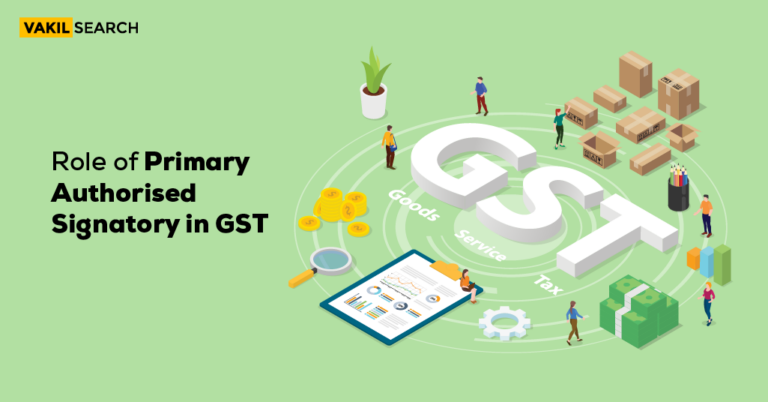A person who is not registered under the GST regime will be unable to collect tax from his customers or claim any input tax credit for tax paid by them.
GST applicability refers to the conditions and rules under which the Goods and Services Tax (GST) is levied on the supply of goods and services in India. GST is a comprehensive indirect tax that has replaced various other indirect taxes like Central Excise Duty, Service Tax, Value Added Tax (VAT), etc. It is applicable to all businesses involved in the supply of goods or services in India, provided they meet the specified turnover criteria.
Goods and Services Tax (GST) is a tax reform that has been implemented in India since July 1, 2017. It is a comprehensive indirect tax that is levied on the supply of goods and services throughout the country. GST has replaced several indirect taxes like Central Excise Duty, Service Tax, Value Added Tax (VAT), and others.
The GST system in India has been designed to be simple, transparent, and taxpayer-friendly. However, it can be a bit confusing for people who are not familiar with the tax system. In this article, we will discuss the basics of GST applicability.
Who Needs to Register for GST?
As per the GST law, any person who supplies goods or services with a turnover of Rs. 20 lakhs or more per year is required to register for GST. However, the threshold for registration is Rs. 10 lakhs for businesses operating in the North Eastern states and hill states.
In addition, there are certain businesses that are required to register for GST irrespective of their turnover. These include:
- Businesses engaged in inter-state supplies
- E-commerce operators
- Casual taxable persons
- Non-resident taxable persons
- Persons liable to deduct or collect tax (TDS/TCS)
GST Rates
The GST rates in India are classified into four categories – 5%, 12%, 18%, and 28%. In addition, certain goods and services are exempted from GST or are taxed at a lower rate. The rates are decided by the GST Council, which is a body consisting of the Finance Ministers of the states and the Union Finance Minister.
Composition Scheme
Under the GST regime, small taxpayers with a turnover of up to Rs. 1.5 crore can opt for the Composition Scheme. This scheme allows businesses to pay tax at a lower rate and reduces their compliance burden. However, businesses under the Composition Scheme are not allowed to claim Input Tax Credit (ITC) on their purchases.
Input Tax Credit (ITC)
One of the key features of GST is the Input Tax Credit (ITC) mechanism. Under this mechanism, businesses can claim credit for the tax paid on their purchases and use it to offset their GST liability. This ensures that there is no double taxation and the tax burden is not passed on to the end consumer.
Although GST is theoretically paid by suppliers, the burden is ultimately passed on to end-users. India is a quasi-federal country with the ability to levy and collect taxes through suitable legislation by both the central and state governments.
GST has replaced a variety of state and central taxes. Following is a list of the levies that were replaced:
- Value-added tax (vat) or sales tax
- Octroi
- Entertainment tax
- Tax on lottery or betting or gambling
- Purchase tax
- Luxury tax
- Service tax
- Additional excise duty
- Central excise duty and so on
GST registration ensures that the state is capable of more efficiently identifying indirect taxpayers and guaranteeing tax compliance in the economy. The registration of any business organization under the GST Law entails acquiring a unique number from the relevant tax authorities for the purpose of collecting taxes on behalf of the government and claiming Input Tax Credit for taxes paid on inbound goods.
Types of GST and its Applicability
IGST
The Integrated Goods & Services Tax, or IGST: https://www.cbic.gov.in/resources//htdocs-cbec/gst/51_GST_Flyer_Chapter21.pdf, is a tax on interstate (between two states) goods and/or services, as well as imports and exports. The IGST Act governs the IGST, and the Central Government is responsible for collecting these taxes. The Central Government divides the taxes collected among the several states after they have been collected.
SGST
Intrastate (inside the same state) transactions are subject to the State Goods and Services Tax, or SGST. Both State GST and Central GST are charged on intrastate supplies of goods and/or services. The State GST or SGST is a tax collected by the state on products and/or services purchased or sold inside the state. The tax generated by the SGST is claimed only by the state government.
Before registering, you can calculate how much GST you owe using our GST calculator in India
CGST
The Central Goods and Services Tax (CGST), like State GST, is a GST-based tax. This applies to intrastate (inside the same state) transactions. Likewise, the CGST Act regulates CGST treatment and levy. The Central Government is in charge of collecting the CGST income.
UTGST
The Union Territory Goods and Services Tax (UTGST) is the UTs of India’s equivalent to the State Goods and Services Tax (SGST). The UTGST Act governs the sale of goods and services in the Andaman and Nicobar Islands, Chandigarh, Daman Diu, Dadra and Nagar Haveli, and Lakshadweep. Moreover, the Union Territory government is in charge of collecting the UTGST revenue.
Conclusion
In conclusion, GST is a comprehensive indirect tax that has simplified the tax system in India. It has made compliance easier for businesses and has increased transparency in the tax regime. It is important for businesses to understand the basic principles of GST applicability to ensure compliance with the law and to avoid any penalties or legal issues.
FAQs
Is GST registration limit 20 lakhs or 40 lakhs?
For businesses in the majority of states, GST registration is required if the annual turnover reaches ₹ 40 lakhs (for goods) and ₹ 20 lakhs (for services).
What are the applicability limits for GST?
The applicability limits for GST include an annual turnover of ₹ 40 lakhs for goods and ₹ 20 lakhs for services.
Who is mandatory for GST?
Individuals or businesses surpassing the prescribed turnover limits are mandatory for GST registration.
Who are eligible for GST?
Businesses with turnovers exceeding ₹ 40 lakhs (goods) or ₹ 20 lakhs (services) are eligible for GST registration.
Is GST exempt up to 40 lakhs?
GST is not mandatory for businesses with turnovers below ₹ 40 lakhs (goods) or ₹ 20 lakhs (services).
Is 40 lakhs mandatory for GST?
Yes, GST registration becomes mandatory when the annual turnover exceeds ₹ 40 lakhs (for goods).
What are the 4 types of GST?
The four types of GST are CGST (Central GST), SGST (State GST), IGST (Integrated GST), and UTGST (Union Territory GST).
Where is GST not applicable?
GST is not applicable in some regions like Jammu and Kashmir, and certain supplies such as alcohol and petroleum.
What is turnover in GST?
Turnover in GST refers to the aggregate value of all taxable supplies, exempt supplies, and exports of goods and/or services.
Who is not eligible for GST registration?
Individuals or businesses falling below the prescribed turnover limits are not eligible for GST registration.
Can I do business without GST?
Yes, businesses with turnovers below the GST registration threshold can operate without mandatory GST registration.
Who is exempted from GST return?
Individuals or businesses with turnovers below the prescribed limits are exempt from filing GST returns.
What are the 3 types of GST registration?
The three types of GST registration include Regular, Composition, and Non-Resident Taxable Person.
Who pays GST?
The end consumer bears the burden of GST as it is added to the price of goods and services by businesses, and they, in turn, remit it to the government.
Also, Read










